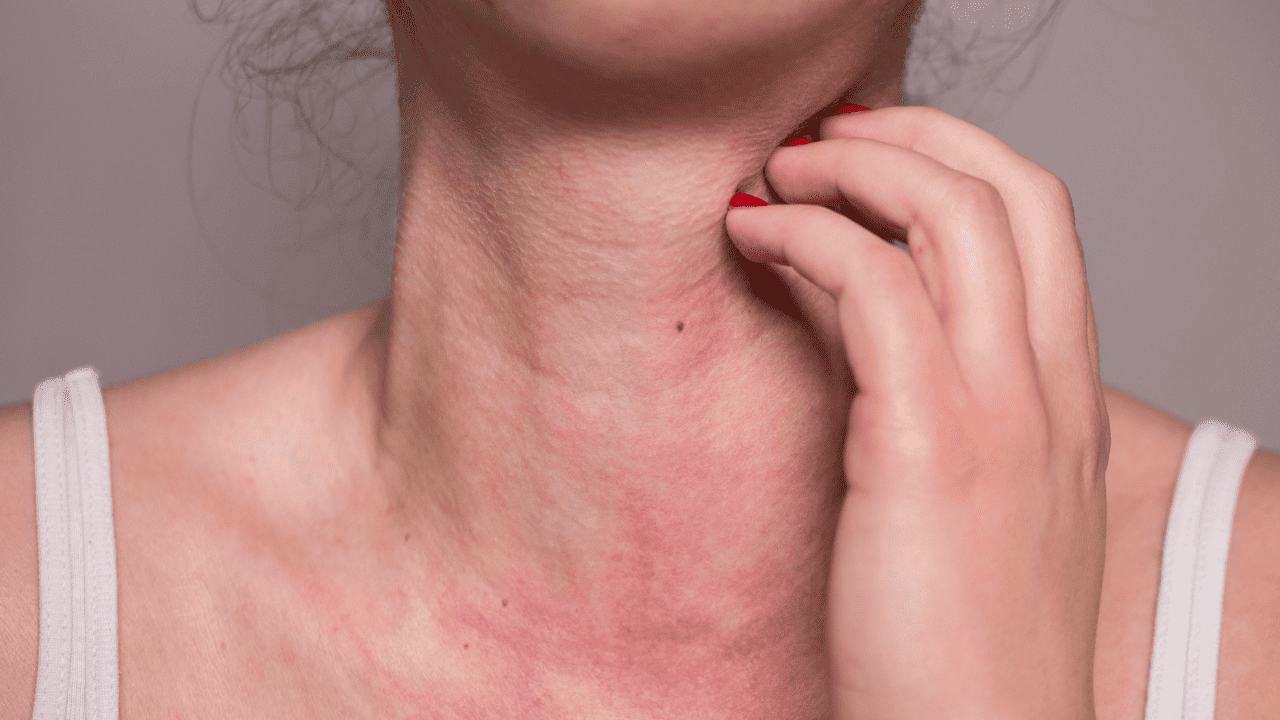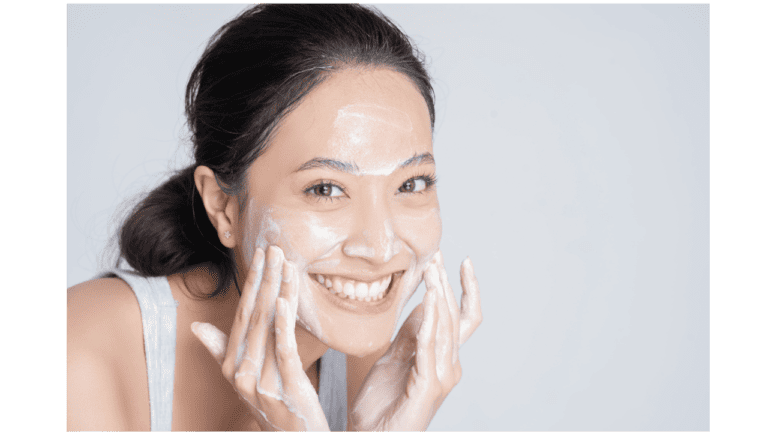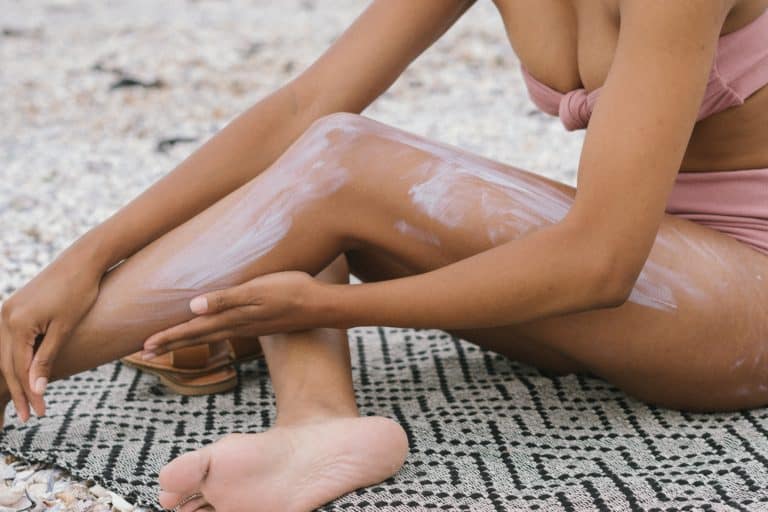Welcome to our concise guide on snail mucin, a unique skincare ingredient renowned for its skin-enhancing qualities. While it’s celebrated for improving skin texture and resilience, individual reactions vary, especially regarding allergies. This blog aims to demystify snail mucin, exploring its benefits and how to identify and manage potential allergic reactions. Understanding these aspects is crucial for anyone looking to incorporate snail mucin into their skincare routine safely, whether you’re a seasoned enthusiast or a newcomer.
Key takeaways
- Allergic reactions to snail mucin can manifest as redness, itching, or swelling, and it’s important to stop using the product immediately if symptoms occur.
- Conduct a patch test before fully integrating snail mucin into your skincare routine to identify potential allergies.
- If you are allergic to snail mucin, alternatives like hyaluronic acid, ceramides, or peptides can offer similar benefits without the irritation.
Identifying Allergic Reactions

Recognizing Symptoms
When it comes to allergies, the body’s response can be immediate or delayed, making it crucial to know what signs to watch for. Common symptoms of a snail mucin allergy include redness, itching, swelling, or the development of a rash. These reactions typically occur at the site of application but can spread to other areas. It’s important to differentiate between a true allergic reaction and a temporary irritation that can occur with any new skincare product. If symptoms persist or worsen, it’s likely an allergy.
Consulting a Professional
If you experience any adverse reactions, it’s wise to consult a dermatologist. They can perform patch tests or other diagnostic measures to confirm if snail mucin is the culprit. Professional advice is invaluable, especially when navigating the complexities of skincare allergies.
Why Allergies Occur

Understanding the Allergic Response
An allergy to snail mucin, like any other allergy, occurs when the immune system mistakenly identifies a harmless substance as a threat. This triggers an allergic reaction, releasing histamines and other chemicals that lead to the symptoms we experience.
Components of Snail Mucin
Snail mucin is a complex mixture of proteins, glycolic acids, and elastin, among other components. While these elements are generally beneficial for skin health, they can occasionally trigger an allergic response in some individuals. It’s also possible that the reaction is not to the snail mucin itself but to other ingredients in the product.
Preventive Measures
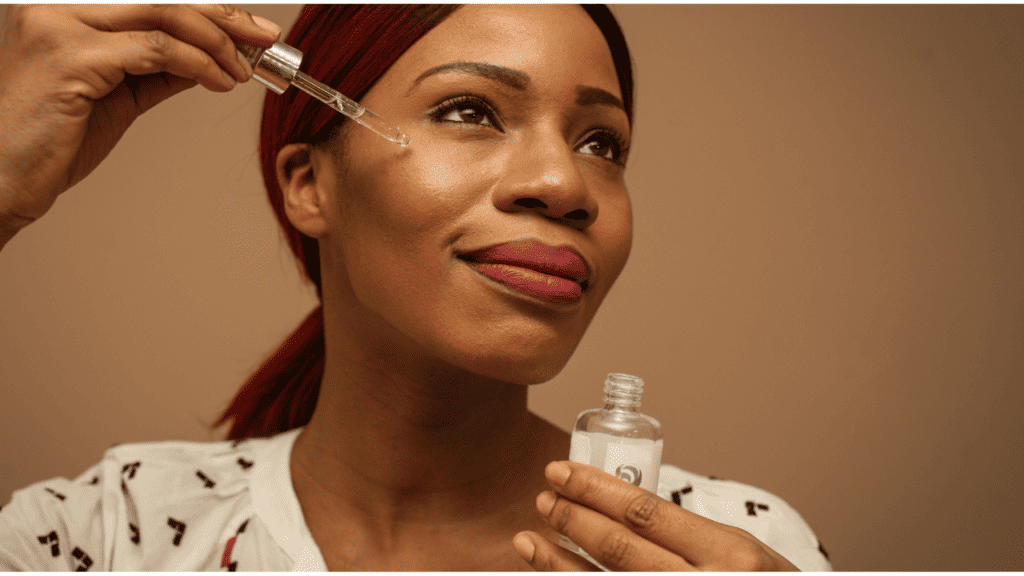
Patch Testing: A Must-Do Step
Before fully incorporating any snail mucin product into your routine, perform a patch test. Apply a small amount on a discreet skin area, like the inner wrist or behind the ear, and wait for 24 to 48 hours. If you notice any redness, itching, or discomfort, discontinue use.
Understanding Product Formulations
Not all snail mucin products are created equal. Some may contain additional ingredients that can cause sensitivities or allergic reactions. Always read the ingredient list thoroughly. Look for products with fewer additives if you have sensitive skin or are prone to allergies.
Start Slow
If your patch test is successful, start using the product slowly. Introduce it into your routine gradually, allowing your skin to adjust. This conservative approach helps mitigate potential reactions and makes it easier to identify the cause if a reaction does occur.
By understanding the potential for allergic reactions, being aware of the ingredients in your skincare products, and taking a cautious approach to incorporating new items into your routine, you can enjoy the benefits of snail mucin while minimizing the risk of adverse reactions. Remember, knowledge and vigilance are your best tools in the pursuit of healthy, happy skin.
Managing Allergic Reactions
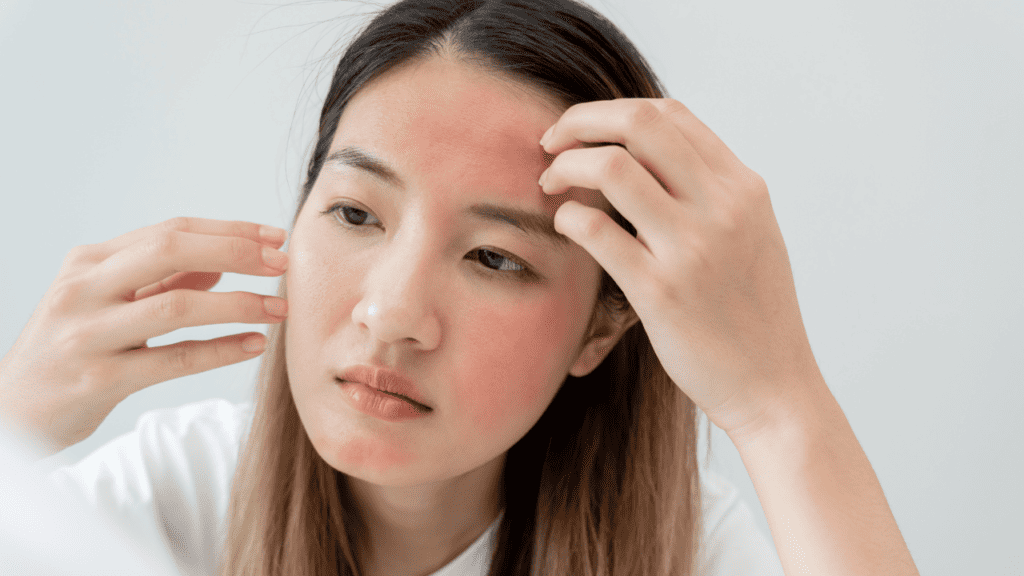
Immediate Actions
If you suspect an allergic reaction to snail mucin, the first step is to immediately stop using the product. Gently cleanse the affected area with mild soap and cool water to remove any residue. To soothe irritation, you can apply a cool compress or an over-the-counter hydrocortisone cream, provided there are no contraindications for its use.
Seeking Medical Attention
In cases of severe reactions, such as widespread rash, difficulty breathing, or swelling, seek medical attention immediately. These could be signs of a more serious allergic response called anaphylaxis. For less severe reactions, if symptoms persist despite home care, consult a dermatologist. They may prescribe stronger anti-inflammatory medications or other treatments to alleviate the reaction.
Navigating the Skincare Market
Finding Snail Mucin-Free Alternatives
If you’re allergic to snail mucin, don’t worry; there are plenty of effective alternatives. Look for products with ingredients like hyaluronic acid, ceramides, or peptides, which can offer similar hydrating and rejuvenating effects. Always read labels to ensure that snail mucin is not listed, sometimes under different names like “snail secretion filtrate.”
Understanding Skincare Labels
Navigating skincare labels requires a bit of knowledge. Ingredients are listed in descending order of concentration, so if snail mucin is near the top of the list, it’s a primary ingredient. Be aware of other potential allergens and irritants that might be present in skincare products.
Empowered Consumer Choices
Being informed about what you apply to your skin empowers you to make choices that are in line with your skin’s needs. Use resources like online databases that analyze skincare product ingredients, and don’t hesitate to reach out to manufacturers for clarification on their product formulations.
Conclusion
Navigating the world of skincare, especially when it involves unique ingredients like snail mucin, can be both exciting and overwhelming. Throughout this blog, we’ve journeyed together through understanding what snail mucin is, how to identify potential allergic reactions, and ways to manage them. Remember, while snail mucin offers remarkable benefits for many, it’s essential to approach any new skincare ingredient with a blend of curiosity and caution.
If you suspect you’re allergic to snail mucin, don’t hesitate to consult with a dermatologist. Skincare is a personal journey, and what’s vital is finding what works best for you. There are countless alternatives available that can offer similar benefits. Our skin is as unique as our fingerprints, and respecting its individual needs and responses is key to a healthy, radiant complexion.
We hope this guide has been informative and helpful in your skincare journey. Always remember to patch test new products, read labels carefully, and listen to your skin. With the right knowledge and practices, you can confidently explore the dynamic world of skincare, finding joy and satisfaction in the routines that suit you best. Happy skincare journey!
FAQs
What are the common symptoms of an allergy to snail mucin?
Symptoms include redness, itching, swelling, or a rash at the application site.
How can I test for a snail mucin allergy?
Perform a patch test by applying a small amount on a discreet area of your skin and observe for 24-48 hours.
What should I do if I have an allergic reaction to snail mucin?
Discontinue use, cleanse the area with mild soap, apply a cool compress or hydrocortisone cream, and consult a doctor if symptoms persist.
